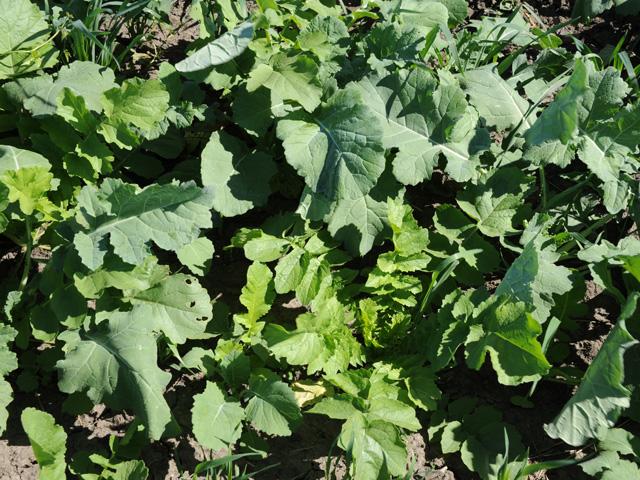Production Blog
10 Takeaways From Latest National Cover Crop Survey
JEFFERSON CITY, Mo. (DTN) -- Incentives may play a role in getting farmers to initially adopt cover crops, but there is overwhelming interest in continuing the practice even after payments cease, based on the results of the latest National Cover Crop Survey Report.
On Monday, the Agricultural Retailers Association hosted a webinar during which the results of the 2023 survey were presented and discussed. The findings of the survey, the first in three years, were based on responses from nearly 800 farmers in 49 states.
According to the survey, 90.3% of the farmers receiving cover crop incentives reported they would definitely or probably continue planting cover crops after the payments ended.
"Some people mistakenly assume that farmers only stick with cover crops because of payments, but this year's survey provided a very different perspective," said Rob Myers, director of the University of Missouri Center for Regenerative Agriculture and lead researcher on the survey. "What the survey showed is that cover crop incentive payments are an important factor in encouraging and helping farmers to transition into cover cropping, but once they see the soil health improvements and other cover crop benefits, most stick with cover crop planting long after the incentives end."
The report was issued jointly by the USDA-NIFA Sustainable Agriculture Research and Education (SARE) program, the Conservation Technology Information Center (CTIC) and the American Seed Trade Association (ASTA). In addition to being the first survey since 2020, it was also the first to explore livestock and cover crops. One in four respondents integrated livestock into their cover crop program. Of those who grazed cover crops, 76% reported a net increase in profit from the practice.
Here are nine other takeaways from the 2023 survey:
P[L1] D[0x0] M[300x250] OOP[F] ADUNIT[] T[]
-- Cover crop users participating in the survey, including producers of grain, other commodities and horticultural crops, planted an average (mean) of 413.6 acres of cover crops in 2022, an increase from 303 acres indicated in the first survey in 2012.
-- Farmers with 10 or more years of cover crop experience increased their soybean yields by 6.3% and their corn yields by 6.27%. In contrast, farmers with two years or less of cover crop experience had more modest gains, with a 3.37% yield increase in soybeans following cover crops and no statistically different yields in corn.
-- Improved soil health was a key goal for 95% of the cover crop users and a high-priority research item for 87%.
-- Though 91% of cover crop users selected "add soil organic matter/sequestering carbon" as a key priority, only 16% of the users in the survey who received payments in 2022 reported participating in a carbon market program.
-- 61% of the cover crop users reported planting green--seeding cash crops into a growing or just-terminated cover crop somewhere in their operation.
-- In corn, 42% of cover croppers reported saving money on herbicides and 55% saw no change in herbicide expenditures. Among the "no change" group, three out of four observed better weed control in corn after cover crops.
-- Of the farmers using cover crops, 70.3% said it was helpful when transitioning to no-till, in part because of reduced soil compaction, better weed control and better soil moisture management.
-- Despite choosing not to plant cover crops, the majority of non-users expressed a willingness to consider trying them (or trying them again). Of the respondents to the question, "Are you open to considering using cover crops on your farm?" 50% answered "definitely or probably yes," while 30% replied "maybe."
-- Non-users reported interest in reducing inputs by using cover crops (70% agreement) but were primarily deterred from adoption by concerns over economic return (selected by 60% from a list of barriers to adoption), followed by worries of yield reductions following cover crops (58.7%). Non-users were eager for information addressing their economic concerns (63%), as well as for incentive or cost-share payments (59%).
A copy of the complete survey report can be downloaded here: https://www.sare.org/…
Jason Jenkins can be reached at jason.jenkins@dtn.com
Follow him on X, formerly known as Twitter, @JasonJenkinsDTN
(c) Copyright 2024 DTN, LLC. All rights reserved.




